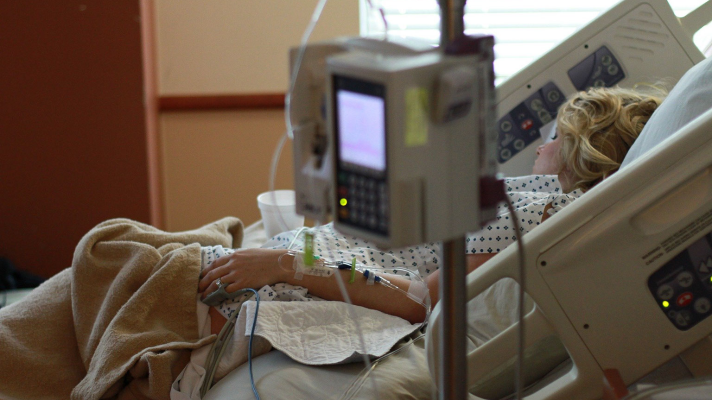Did you know that there are over 6,200 hospitals in the United States? And within each hospital are hundreds, potentially thousands of hospital beds. A hospital bed is needed, of course, whenever patients stay in a hospital overnight. And they’re needed perhaps even more for laboring mothers. But certainly, laboring mothers don’t simply need any kind of bed. They need a birthing bed. Birthing beds differ from typical hospital beds in several ways. And considering the fact that most American women still give birth in hospitals and often stay in the hospital longer than mothers do in other countries, birthing beds are vital pieces of medical equipment. However, there is much that remains unknown about birthing beds, and not merely in the sense that they differ from hospital beds. Let’s look into what you may want to know about them below.
1. They Can Be Refurbished
A common misconception regarding birthing beds is that they must be sold brand new. In fact, much like many other types of medical supplies, they can be used, refurbished, and resold. Refurbished birthing beds are a lot more common than you might think, and they come with a lot of different advantages. For one thing, birthing beds that are refurbished are often more cost-efficient than brand new beds. They are just like new beds but cost hospitals less, and therefore, hospitals are able to buy more beds of higher quality and greater comfort to serve their patients. Another major benefit of refurbished hospital beds, in general, is that they are more environmentally friendly. When hospital beds are refurbished and resold, they’re essentially being recycled as well. This is more sustainable in the long term. Finally, hospitals that buy refurbished beds are able to invest in models that have been tried before and perfected, as opposed to new brands and models that may be more prone to issues.
2. You Don’t Have To Stay In Your Birthing Bed
Birthing beds are meant to be used as much as laboring mothers need to use them. They’re essentially pieces of medical equipment that work for some women and don’t work for others, and that’s okay. Virtually all hospitals that serve laboring mothers offer birthing beds, but most will not require that mothers actually give birth in them unless it is medically necessary. Hospitals often encourage mothers to walk around as they labor, get on their hands and knees, and if available use birthing chairs, birthing balls, and birthing pools to assist the labor and delivery process.
3. Birthing Beds Can Be Used In Various Ways
Of course, you don’t have to lay down in order to take advantage of a birthing bed. It is made to be multi-purpose. Typically, a doctor will ask a laboring mother to use a birthing bed at the very minimum to sit on or lay on when they need to be examined or monitored. In that case, it helps the medical personnel as much as it helps the mother. Birthing beds are made to support mothers as they sit; this can often be more comfortable for them than laying down on their backs. Mothers can also support themselves and lean over the birthing bed. Sometimes, standing can actually help unborn babies descend in the birth canal, thanks to gravity. But then, some mothers appreciate being able to balance on a birthing ball, and the bed gives them the support they need there as well. Mothers are able to squat while using the bed as support and can get on their hands and knees and labor on top of the bed. These beds are not flimsy and are made to support mothers as they give birth, as well as during the immediate recovery period. These beds are often outfitted with padding as well as stirrups or other apparatuses that will help during the final stages of birth.
There are so many benefits to having a hospital birthing bed available, even if it isn’t the most important part of a woman’s birthing experience. Every birth is different, but these beds must be made available to hospitals at large.


Recent Comments